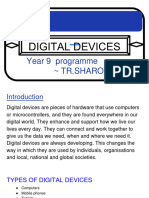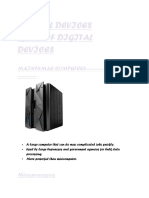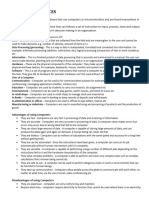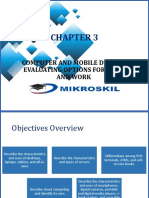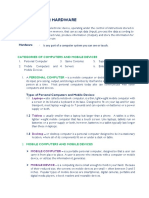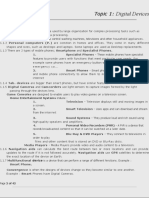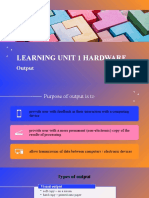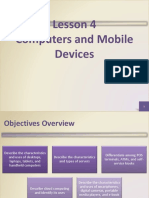0% found this document useful (0 votes)
7 views44 pagesPre IGCSE
The document provides an overview of various computing devices, including mainframe computers, microprocessors, personal computers, and embedded systems, highlighting their uses and functionalities. It also discusses mobile phones, tablets, cameras, home entertainment systems, gaming consoles, and navigation aids, emphasizing their features and technological advancements. Additionally, it touches on the concept of multifunctional devices and convergence in technology, along with guidelines for group presentations on user interface types.
Uploaded by
poezin.computingCopyright
© © All Rights Reserved
We take content rights seriously. If you suspect this is your content, claim it here.
Available Formats
Download as PPTX, PDF, TXT or read online on Scribd
0% found this document useful (0 votes)
7 views44 pagesPre IGCSE
The document provides an overview of various computing devices, including mainframe computers, microprocessors, personal computers, and embedded systems, highlighting their uses and functionalities. It also discusses mobile phones, tablets, cameras, home entertainment systems, gaming consoles, and navigation aids, emphasizing their features and technological advancements. Additionally, it touches on the concept of multifunctional devices and convergence in technology, along with guidelines for group presentations on user interface types.
Uploaded by
poezin.computingCopyright
© © All Rights Reserved
We take content rights seriously. If you suspect this is your content, claim it here.
Available Formats
Download as PPTX, PDF, TXT or read online on Scribd
/ 44








